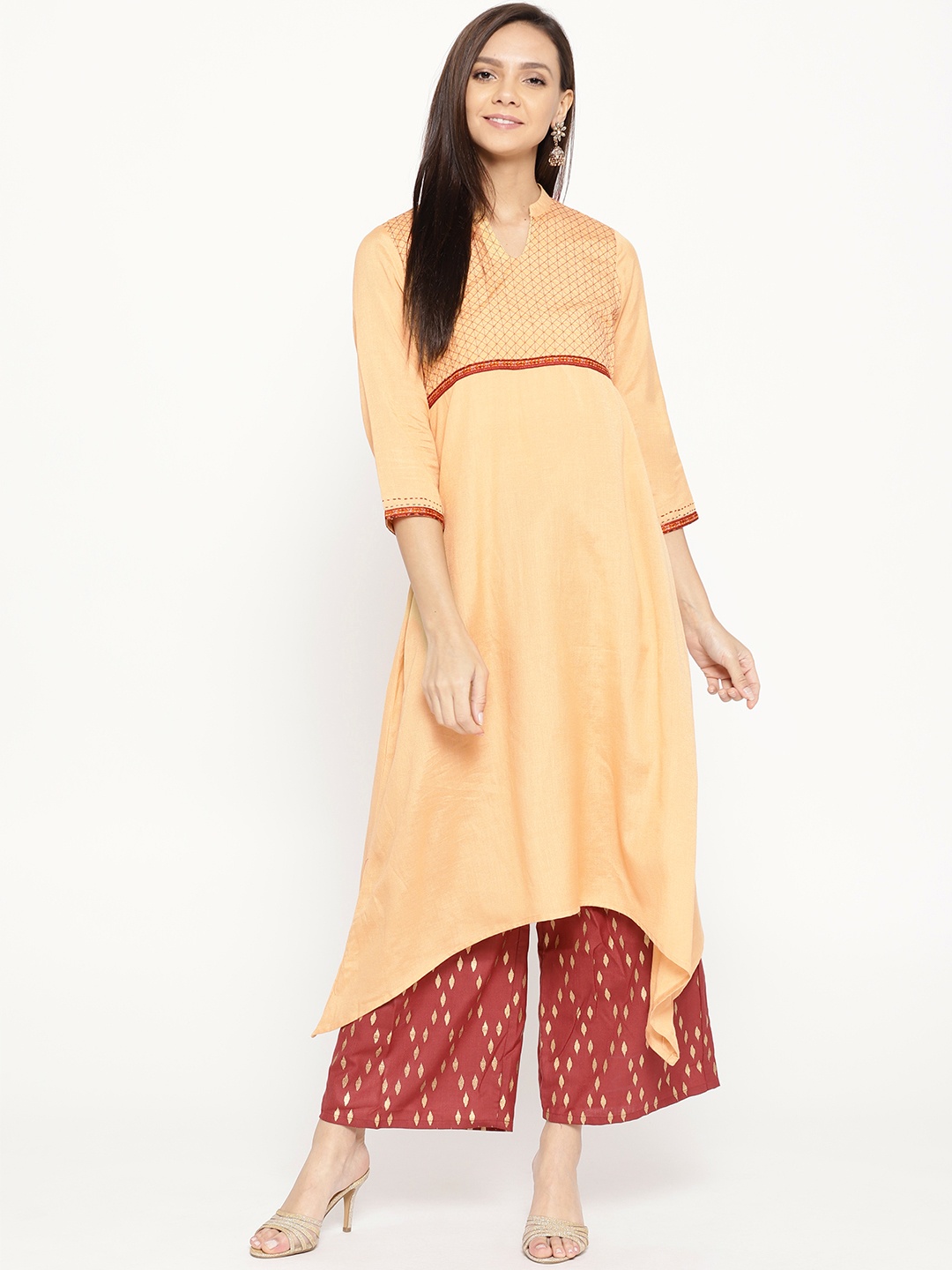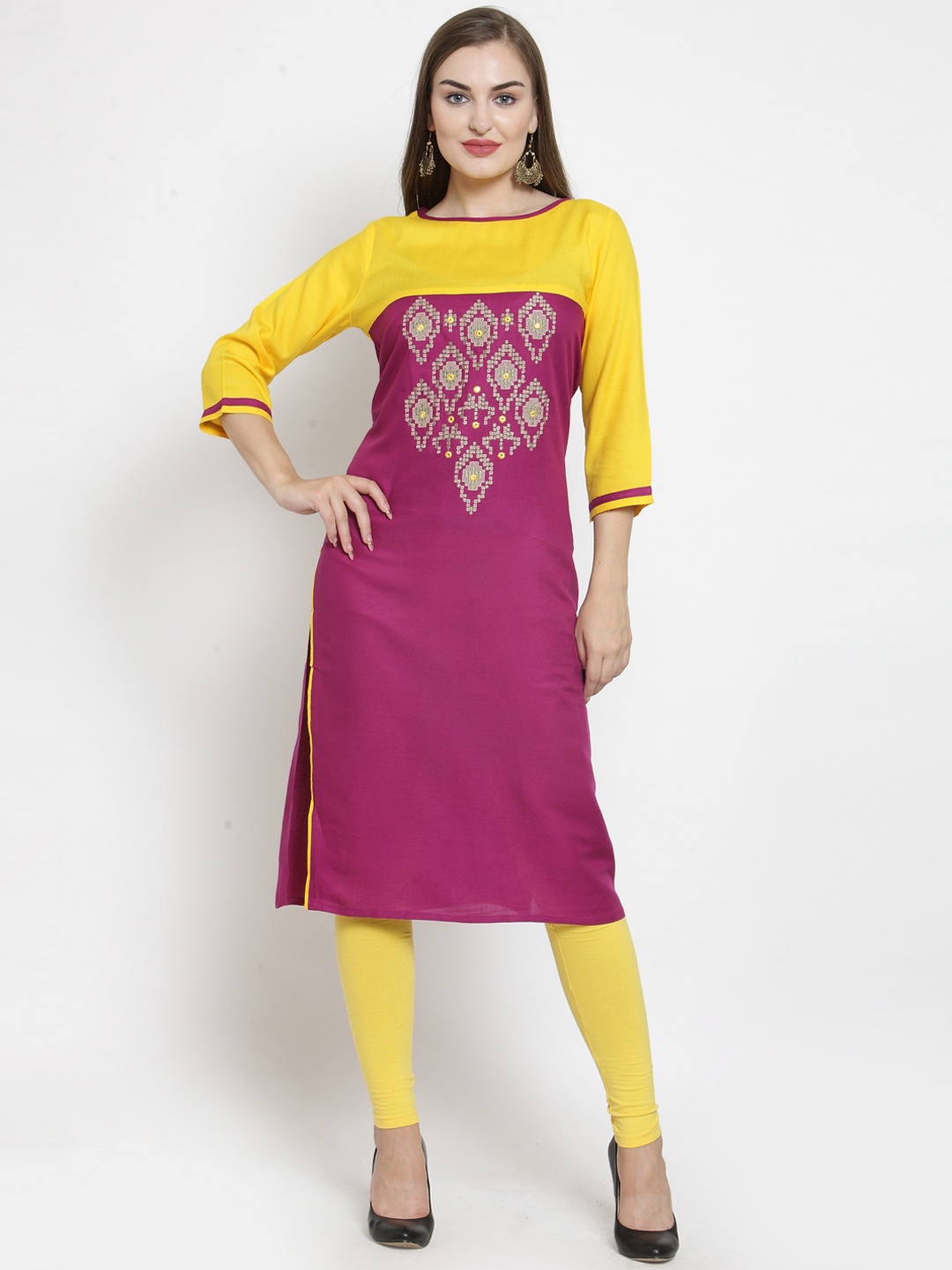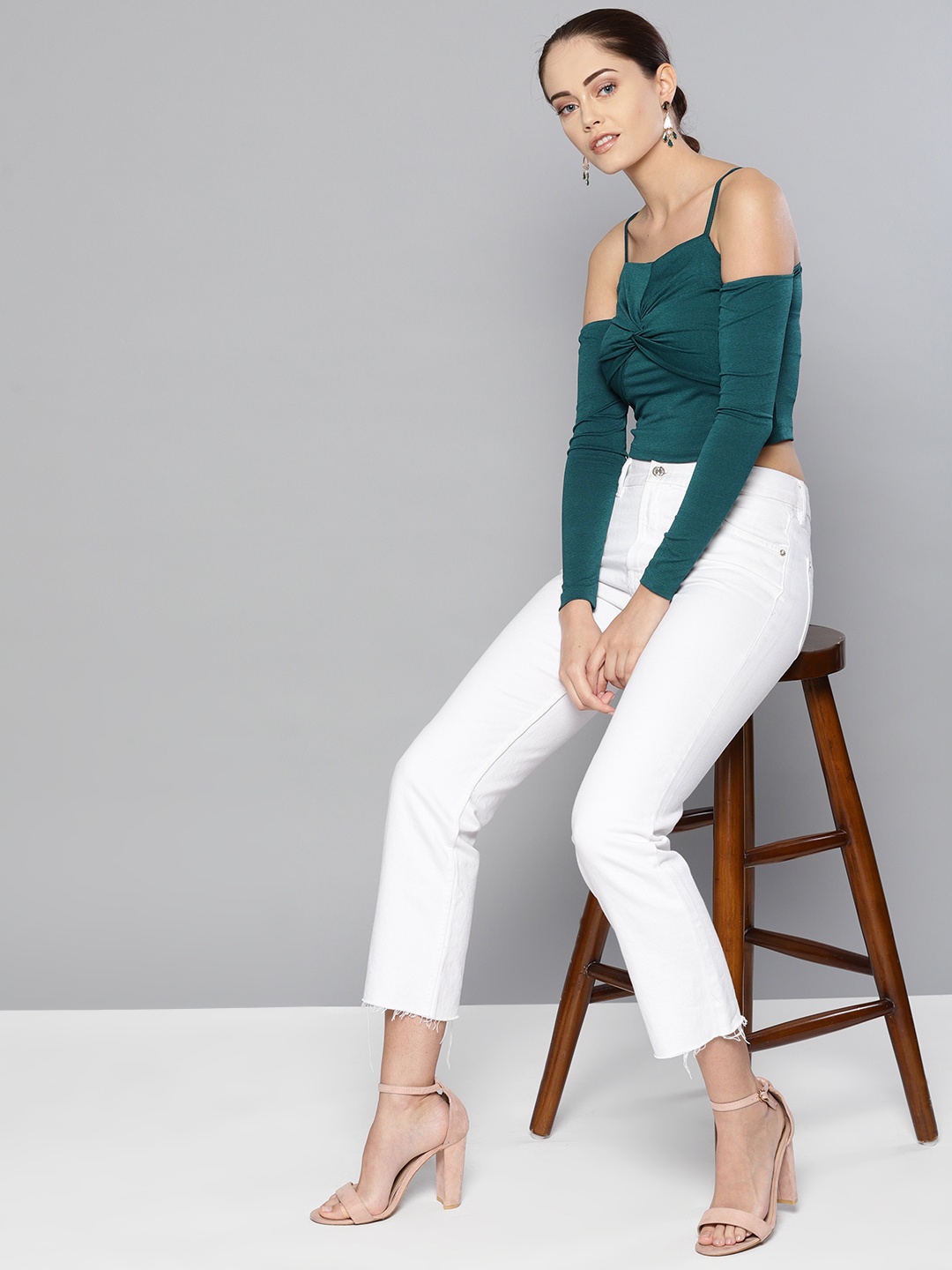Sarees That Don't Need Constant Adjusting: Best Drape and Fabric Choices That Stay In Place
Sarees that stay in place: With a few smart fabric choices and thoughtful draping styles, a day filled with constant pallu-tugging turns into one that feels effortless from morning chai to late-evening winding down. Explore different saree fabrics that stay pleated all day long.

Sarees That Stay in Place: Comfortable Fabrics and Draping Styles for All-Day Wear.
A saree can brighten a day like nothing else. The moment the pleats fall in place and the pallu sways with grace, the world seems a little more poetic. Yet many women share a familiar struggle, the never-ending habit of adjusting, securing, and re-securing the saree. The culprit often lies in the wrong fabric, a slippery weave, or a drape that refuses to cooperate.

Explore types of saree fabrics that stay in their place; Photo Credit: Pexels
Luckily, many styles and materials help a saree stay put. From fuss-free everyday drapes to textured fabrics that grip better than they look, the choices offer comfort without stealing elegance. A few simple tweaks and well-chosen fabrics can turn a saree into a companion that supports a long day of travelling, working, celebrating or simply running errands. Below are styles and fabrics that stay in place, remain neat and secure without constant fixing.
Also Read: Saree Borders For Different Heights: Perfect Designs For Petite, Medium and Tall Frames
Drape-Smart Options for a Saree That Stays In Place
1. Cotton Sarees: Comfort, Breathability, and a Naturally Firm Grip
Cotton sarees remain classic for a reason. The texture holds pleats without slipping, which makes cotton a practical choice for long days. Once tucked, the fabric grips well and resists sudden shifts. Cotton also offers superb breathability, which suits warm weather. A morning commute on a crowded metro or bus feels easier when the clothing supports the routine instead of fighting it.
A cotton saree works well in workplaces where formality and comfort matter equally. The crisp drape maintains its neat fall from morning meetings to evening chai breaks. Even during movement-heavy tasks, walking around campuses, supervising work floors or managing guests at a function, the saree holds steady. The best part comes from the wide variety available across regions, each with unique patterns and weaving styles. A simple ₹1,000 handloom cotton saree often outperforms costlier synthetic options when it comes to grip and comfort. This timeless material offers the stability many desire without constant adjusting.
2. Linen Sarees: Lightweight Yet Structured
Linen brings a unique personality to saree fashion. The fabric carries a lightness that feels gentle on the skin, yet its structure prevents excessive slipping. Linen gives a polished drape, and the natural fibres create a firm base for pleats. Many women find linen perfect for hot, humid days because it absorbs moisture and allows air circulation.
A linen saree works beautifully for office wear, brunch outings, or casual celebrations. Its quiet elegance adds charm without screaming for attention. The subtle texture of linen gives the fabric enough friction to hold the pallu in place, especially when pinned discreetly. While pure linen may wrinkle a little, the wrinkles add character rather than chaos. Many blended versions, linen-cotton or linen-silk, keep the look smooth while retaining the grip. Well-chosen linen sarees cost anywhere between ₹1,500 and ₹4,000, offering long-lasting value. This fabric balances modern finesse with traditional ease, which brings comfort all day.
3. Handloom Weaves: Texture That Naturally Stays Put
Handloom sarees offer a special charm due to the intricacy of the weave. The slight irregularity and thickness in the threads help the fabric stay in place. It grips the waist tuck and pleats securely, reducing the need for constant shifting. The beauty of these sarees lies in the artisanal craftsmanship, which often gives the fabric a weight and density that machine-made versions lack.
These sarees serve well for day-long events such as festivals, family gatherings or school functions. They look elegant without trying too hard. Whether it's a soft, earthy weave or a more vibrant design, handloom sarees bring a sophisticated look. They also last years, often becoming wardrobe treasures passed down or cherished for special occasions. A mid-range handloom saree usually starts around ₹2,000. With the right weave and structure, these sarees remain dependable companions that stay neat and comfortable, even through continuous movement.

Handloom sarees are slightly thick fabrics that help them stay in place; Photo Credit: Unsplash
4. Silk-Cotton Blends: Graceful Drape Without the Slipperiness
Silk-cotton blends combine the sheen of silk with the stability of cotton. This mixture creates a saree that drapes beautifully yet stays in place. Pure silk often slides, requiring constant repositioning, but the added cotton provides structure. The result looks luxurious while remaining manageable throughout the day.
These sarees suit festive evenings, family celebrations or office events where style matters but comfort cannot take a back seat. The fabric falls elegantly, giving the impression of high-end silk without its high maintenance. A blend also weighs less than pure silk, which makes moving around easier, especially during busy ceremonies or rituals. Silk-cotton blends often land in the ₹2,000 to ₹8,000 range, depending on craftwork and design. They offer a wonderful middle ground for those who love silk's glow but prefer a more dependable drape.
5. Chanderi Sarees: Lightweight Elegance with Mild Stiffness
Chanderi sarees offer airy lightness paired with a faint stiffness that helps hold the drape. The fabric rarely feels clingy or unruly. Chanderi carries a natural sheen along with fine motifs, giving the saree a rich appearance without heavy weight. This balance makes it ideal for festive mornings, puja ceremonies, or semi-formal gatherings.
The mild stiffness in Chanderi helps pleats fall neatly and stay secure. Even the pallu behaves better than it does in many slippery fabrics. The saree moves gracefully without constant adjusting. The fabric also suits warm climates, since it allows the skin to breathe. Pure Chanderi pieces can be delicate, but lightweight versions with cotton make them easier to handle. Good-quality Chanderi sarees usually start around ₹1,500 and offer years of wear when cared for gently. The elegance feels natural and the drape remains reliable for long hours.
6. Organza with a Sturdy Weave: Dramatic Looks That Hold Shape
Organza brings drama to any wardrobe. The fabric carries structure and crispness, which helps the saree maintain shape without collapsing. Many believe organza slips easily, but sturdier weaves offer better grip and hold pleats firmly. The stiffness creates a sculpted fall that stays neat through long functions or celebrations.
This saree works well for parties, receptions and grand gatherings where every movement seeks a hint of glamour. The fabric reflects light beautifully, creating a picture-perfect drape for photographs. While extremely soft organza may float too much, reinforced organza with blended fibres or tighter weaves performs well and stays in place. These sarees start around ₹2,500 and extend to premium ranges depending on embroidery or designer details. Wearing organza feels like carrying a piece of art, yet it remains surprisingly practical with the right weave.

Organza sarees offer structure and crispness which helps them maintain shape; Photo Credit: Unsplash
7. Georgette Sarees with Crepe Finish: Flowing Yet Secure
Georgette often holds a soft and flowing texture that allows graceful movement. A crepe finish enhances grip, giving the saree a matte feel that stays secure. This combination works perfectly for those who prefer lightweight sarees without dealing with constant adjustments. The fabric gathers well into tight, neat pleats that rarely loosen.
These sarees suit festive evenings, dance-friendly functions, and occasions where free movement matters. A georgette-crepe version creates a beautiful fall around the waist and pallu, offering elegance with convenience. Many daily wear versions, especially printed georgettes, feel easy to manage even during travel. They pack well, resist wrinkles and look fresh without ironing. Prices usually range from ₹800 to ₹3,000. This fabric combination mixes practicality with subtle glamour, making it popular among women who want hassle-free draping every time.
8. Sarees with Pre-Stitched Pleats: Convenience for Busy Days
Pre-stitched sarees take away the challenge of forming perfect pleats. The pleats stay stitched in place, which removes one of the main reasons for frequent adjusting. This option suits women who love sarees but prefer faster dressing routines. A pre-stitched style offers the beauty of traditional wear with the convenience of modern tailoring.
These sarees prove especially useful during travel, office mornings or busy celebrations. Wrapping one takes barely a minute, and the saree stays tidy all day. The pallu usually comes semi-stitched as well, which stops it from slipping. Many designers now offer stylish pre-draped versions in materials like georgette, crepe and satin-blends. Prices vary widely, starting around ₹1,200. Although traditionalists may prefer manual draping, pre-stitched sarees offer relief on hectic days and ensure a polished appearance with zero fuss.
9. Heavier Borders and Balanced Weight Distribution
A saree's weight affects how well it stays in place. Lightweight sarees with absolutely no weight at the bottom tend to fly or slip. A heavier border helps anchor the fall, giving the saree stability through the day. This doesn't mean the saree must feel heavy overall, balanced weight distribution offers comfort along with a firm drape.
Sarees with embroidered hems, woven zari borders or thicker edges stay grounded and maintain shape. Many women prefer such sarees for outdoor functions, windy environments or situations where movement remains constant. The added weight prevents the pallu from sliding off the shoulder every few minutes. Balanced weight distribution also enhances photographs, giving the saree a more defined outline. Prices vary depending on work, but even a saree worth ₹1,000-₹2,000 can achieve this balance through smart design. A touch of weight often solves half the management issues.

Sarees with a heavy and thick border do not budge easily due to their weight; Photo Credit: Unsplash
10. Using Correct Draping Techniques for a Stay-Put Look
Even the best fabric struggles without the right draping method. Firm, well-aligned pleats anchor the saree. Keeping the inner tuck slightly higher ensures the saree doesn't drag or loosen. A precisely placed pallu pin, hidden but strong, adds security. Many women use small safety pins on the inside pleats to stop them from shifting, which helps during long hours of walking or working.
For events involving dance or active movement, fixing the pallu slightly closer to the neck adds stability. Tucking the pleats deeply and evenly also helps. Hip-shaper petticoats or structured petticoats offer extra grip, which keeps the saree snug. These small adjustments ensure comfort without compromising style. With proper techniques, even silky or lightweight sarees feel dependable. No need for constant fidgeting, just a smooth drape that stays picture-perfect from start to finish.
Products Related To This Article
1. KAKADIYA Woven Kanjivaram Pure Silk Saree
2. Aquiliq Digital Print Bollywood Linen Saree
3. JesoriSaree Woven Kanjivaram Art Silk, Pure Silk Saree
4. ALMAARI FASHION Floral Print Handloom Cotton Linen Saree
5. PHEASANT Woven Banarasi Jacquard, Art Silk Saree
6. Hashir textile Woven Assam Silk Cotton Silk, Cotton Blend Saree
7. KanjiQueen Woven Kanjivaram Silk Blend, Pure Silk Saree
A saree feels at its best when it supports the wearer instead of demanding constant attention. Fabric choice, structural elements, and thoughtful draping together create a secure and graceful look. From textured weaves that promise stability to modern pre-stitched versions that save time, a wide range of options allows confident and comfortable dressing. With a little understanding of how different materials behave, every saree-loving woman can enjoy elegance without the exhausting ritual of adjusting the drape every few minutes. The right saree stays loyal from the first step out the door to the final moment of the day.
(Disclaimer: This article may include references to or features of products and services made available through affiliate marketing campaigns. NDTV Convergence Limited (“NDTV”) strives to maintain editorial independence while participating in such campaigns. NDTV does not assume responsibility for the performance or claims of any featured products or services.)
























